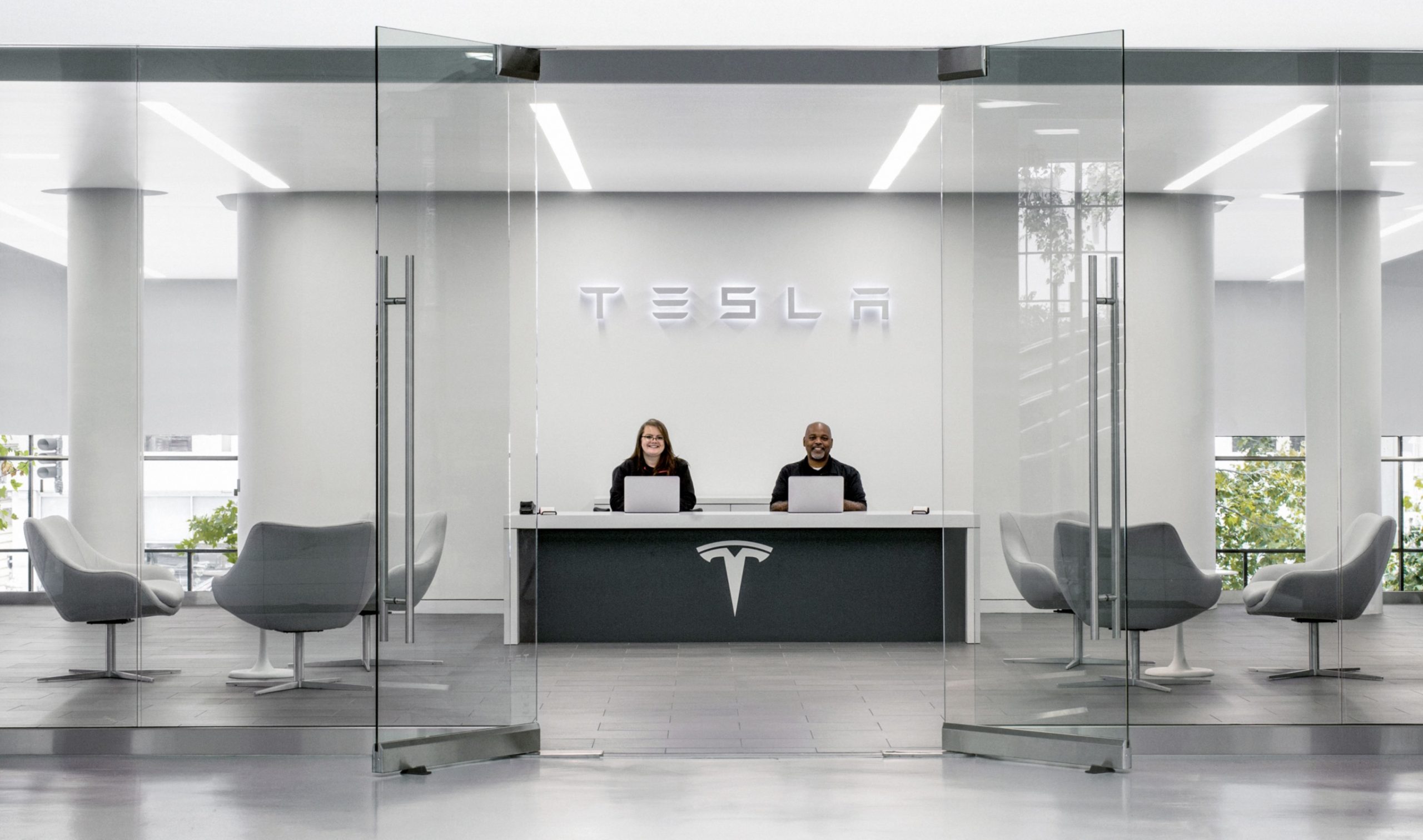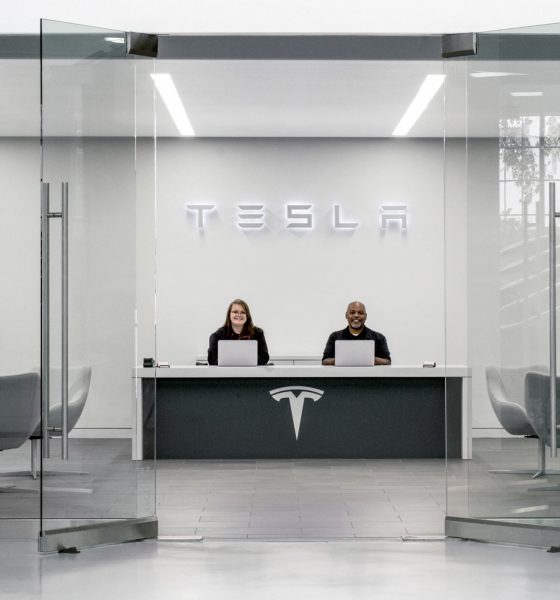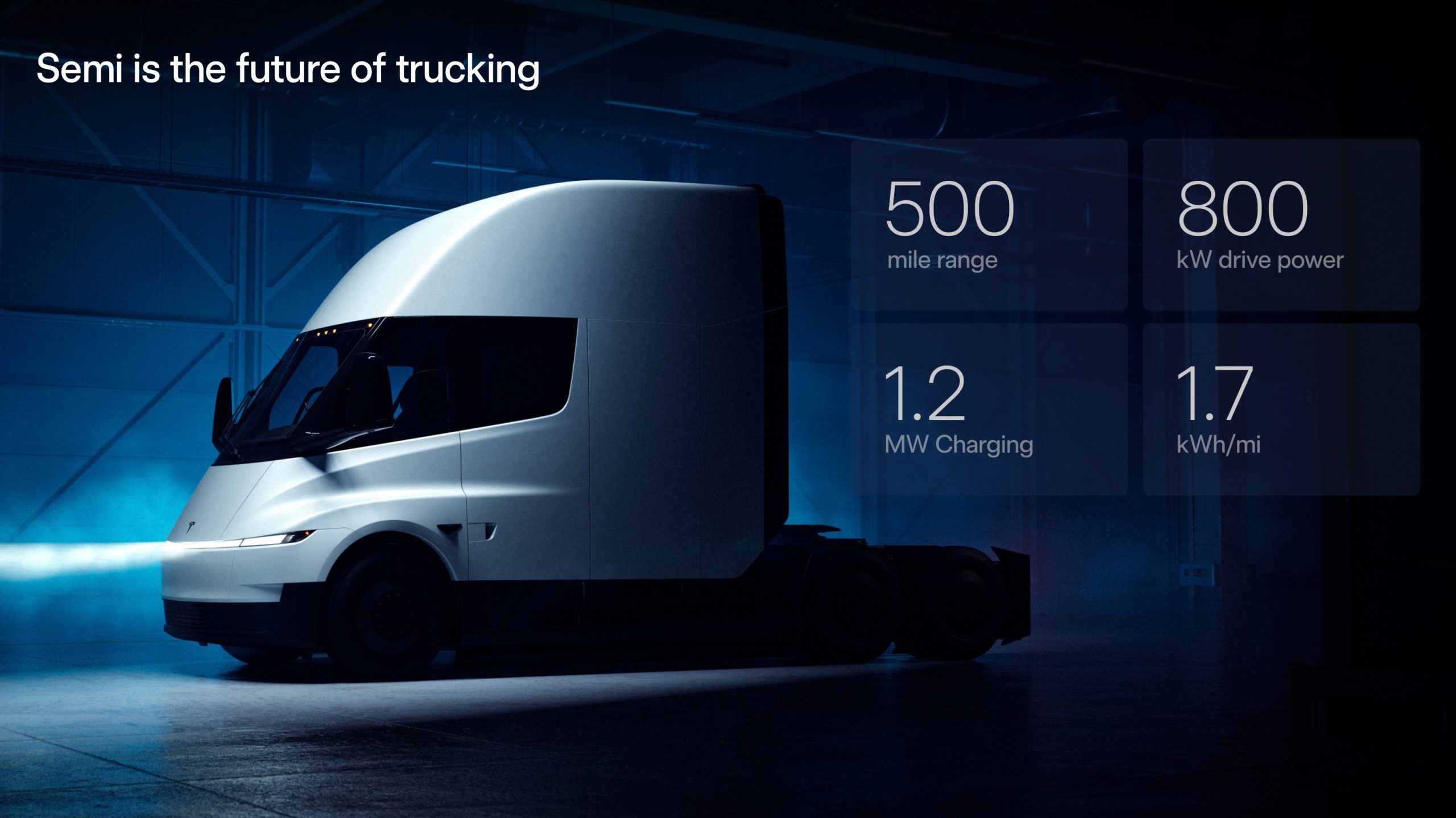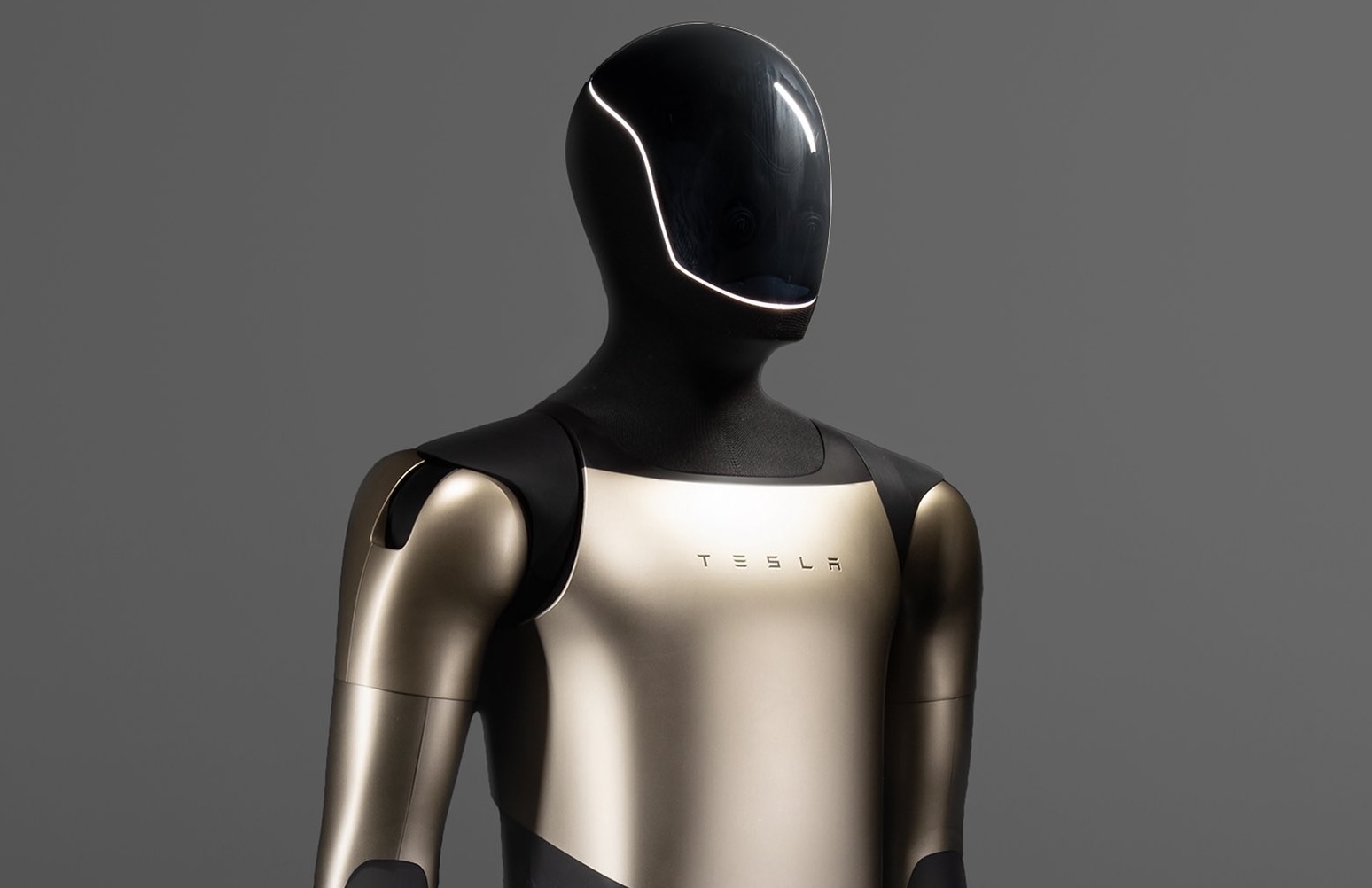

News
Tesla leases new office space in India, driving rumors of imminent market entry
Tesla has leased new office space in India, driving more rumors and speculation of an imminent market entry for the all-electric automaker that has been in the works for a long time.
A 5,850-square-foot space in the Panchshil Business Park in Pune, India, has been leased by Tesla, according to Punekarnews, an Indian media outlet. Tesla’s Indian subsidiary, known as Tesla India Motor & Energy, grabbed up the space.
Pune is likely not where Tesla’s potential production facility will end up, but the region is known for its IT and automotive industries nonetheless.
The acquisition of the office space by Tesla shows it is further solidifying its efforts to establish some sort of presence in India as it moves toward building an automotive production facility in the region to build a $24,000 vehicle for the country and for export.
Tesla’s next Gigafactory location unknown, but all signs point toward India
Tesla Gigafactory India
We’ve told the story of Tesla and India many times and how the two have been attempting to establish a business relationship for years. However, things have never aligned enough to the point that Tesla would commit to building a factory in the country.
However, this year, things have seemed to take a more serious turn than in the past, especially as CEO Elon Musk referred to India as a possible location for the company’s next production facility earlier this year.
Additionally, Musk said during a June meeting with Prime Minister Narendra Modi:
“I am confident Tesla will be in India, and we’ll do so as soon as humanly possible. Hopefully, we’ll be able to announce something in the not-too-distant future. We don’t want to jump the gun on an announcement, but it’s quite likely that there will be a significant investment and relationship in the future.”
But it is important not to jump the gun, just as Musk said. In the past, Tesla has made sizeable strides toward establishing a real presence in the country, even going as far as hiring a team of executives that would oversee the initial operations.
However, these moves ultimately did not move the potential of a Gigafactory forward, as negotiations between Tesla and India crumbled as demands that both parties required were unable to be met.
Perhaps this time, things will be different.
I’d love to hear from you! If you have any comments, concerns, or questions, please email me at joey@teslarati.com. You can also reach me on Twitter @KlenderJoey, or if you have news tips, you can email us at tips@teslarati.com.

News
Tesla starts laying the groundwork for FSD tests in Austria
The job opening comes as the company pushes regulatory approvals and data collection in new European markets.

Tesla seems to be ramping its efforts to hire key personnel for FSD’s eventual expansion in Europe. This was hinted at in a new job listing for a vehicle operator role in Vienna, Austria.
The job opening comes as the company pushes regulatory approvals and data collection in new European markets.
Vienna’s vehicle operator role
Tesla posted the job for “Fahrer (Vehicle Operator) (m/w/d)” in its Vienna office on its Careers website, seeking candidates to drive and monitor test vehicles as part of the Autopilot and AI team. The role involves collecting real-world driving data to refine Full Self-Driving systems for the country’s local roads. Responsibilities include operating vehicles in urban and highway environments, documenting system performance, among other tasks.
Applicants need a valid Austrian driver’s license and at least two years of driving experience. Fluency in English is essential, along with a familiarity with driver assist systems. Tesla noted that the position offers a minimum annual gross salary of EUR 32,000, though relevant professional experience and qualifications will be taken into account. Similar to other Tesla roles, the position also offers TSLA stock as an incentive.
Tesla’s FSD Push in Europe
Tesla’s FSD efforts in Europe have accelerated in recent months, with significant progress in Spain serving as a key milestone. In July 2025, Spain’s Directorate-General for Traffic launched the ES-AV framework to standardize automated vehicle testing, authorizing Tesla for nationwide FSD trials with 19 vehicles under Phase 3, which allows optional onboard safety operators and remote monitoring.
The program, running through November 2027, aims to position Spain as a leader in the field, as DGT stated: “The program is designed to complement and enhance oversight, regulation, research, and transparency efforts, as well as to support innovation and advancements in automotive technology and industry.”
Beyond Spain, Tesla has conducted FSD demonstrations in Germany, France and Italy for consumers, while pursuing national approval in the Netherlands for early 2026.
News
Tesla Semi factory looks almost complete during Thanksgiving weekend
Based on recent drone videos, the Tesla Semi factory looks practically ready to start operations.

It appears that the Tesla Semi factory near Giga Nevada is already hard at work preparing for the initial production of the Class 8 all-electric truck. This was, at least, hinted at in a recent drone flyover of the facility from a longtime watcher.
The Tesla Semi factory after Thanksgiving
Drone operator and Tesla Semi advocate @HinrichsZane recently shared some footage he captured of the upcoming facility during the Thanksgiving weekend. Based on his video, it appears that Tesla gave its employees in the area the weekend off. One thing is evident from the video, however, and that is the fact that the Tesla Semi factory looks practically ready to start operations.
The Tesla Semi watcher did point out that the electric vehicle maker is still busy bringing in production equipment into the facility itself. Once these are installed, it would not be surprising if initial production of the Tesla Semi begins.
A new Tesla Semi
The upcoming completion of the Tesla Semi factory near Gigafactory Nevada seems all but inevitable in the coming months. What would be especially interesting, however, would be the vehicles that would be produced on the site. During Elon Musk’s presentation at the 2025 Annual Shareholder Meeting, a glimpse of the production Tesla Semi was shown, and it looks quite a bit different than the Class 8 all-electric truck’s classic appearance.
As could be seen in the graphic from the CEO’s presentation, the updated Tesla Semi will feature slim lightbar headlights similar to the new Tesla Model Y, Cybertruck, and the Cybercab. Tesla also teased a number of aerodynamic improvements that increased the truck’s efficiency to 1.7 kWh per mile. Extended camera units, seemingly for FSD, could also be seen in the graphic.
News
Tesla scores major hire as Apple scientist moves to Optimus team
Chen, who advanced from individual contributor to technical lead during his time at Apple, noted that he was blown away by Tesla’s efforts and synergy.

Former Apple research scientist Yilun Chen has left the tech giant to join Tesla’s Optimus AI team. Chen, who advanced from individual contributor to technical lead during his time at Apple, noted that he was blown away by Tesla’s efforts and synergy.
Apple veteran closes a major chapter
In a farewell note, Yilun Chen reflected on his tenure at Apple as a period defined by rapid growth and exposure to notable internal projects, some of which remain unreleased. His roles spanned engineering, research, early product incubation, and hands-on prototyping, allowing him to build expertise across both mature and emerging teams.
Chen credited mentors, colleagues, and cross-functional collaborators for shaping his trajectory, calling the experience unforgettable and emphasizing how each team taught him different lessons about scaling technology, guiding product vision, and navigating fast-moving research environments. “Each role has offered me invaluable unique lessons… My deepest gratitude goes to my colleagues, mentors and friends,” he wrote.
Tesla’s Optimus lab secured the hire
Chen said the move to Tesla was driven by the momentum surrounding Optimus, a humanoid robot powered by LLM-driven reasoning and Physical AI. After visiting Tesla’s Optimus lab, he admitted that he was “totally blown away by the scale and sophistication of the Optimus lab and deep dedication of people when I got to visit the office.”
His first week at Tesla, he noted, involved spontaneous deep-tech discussions, a flat team structure, rapid prototyping cycles, and what he called a “crazy ideas with super-fast iterations” culture. Chen emphasized that the team’s ambition, as well as its belief that humanoid robots are now within reach, creates an energy level that feels aimed at changing the world.
“You can feel the energy to change the world here,” he wrote in a post on social media.









